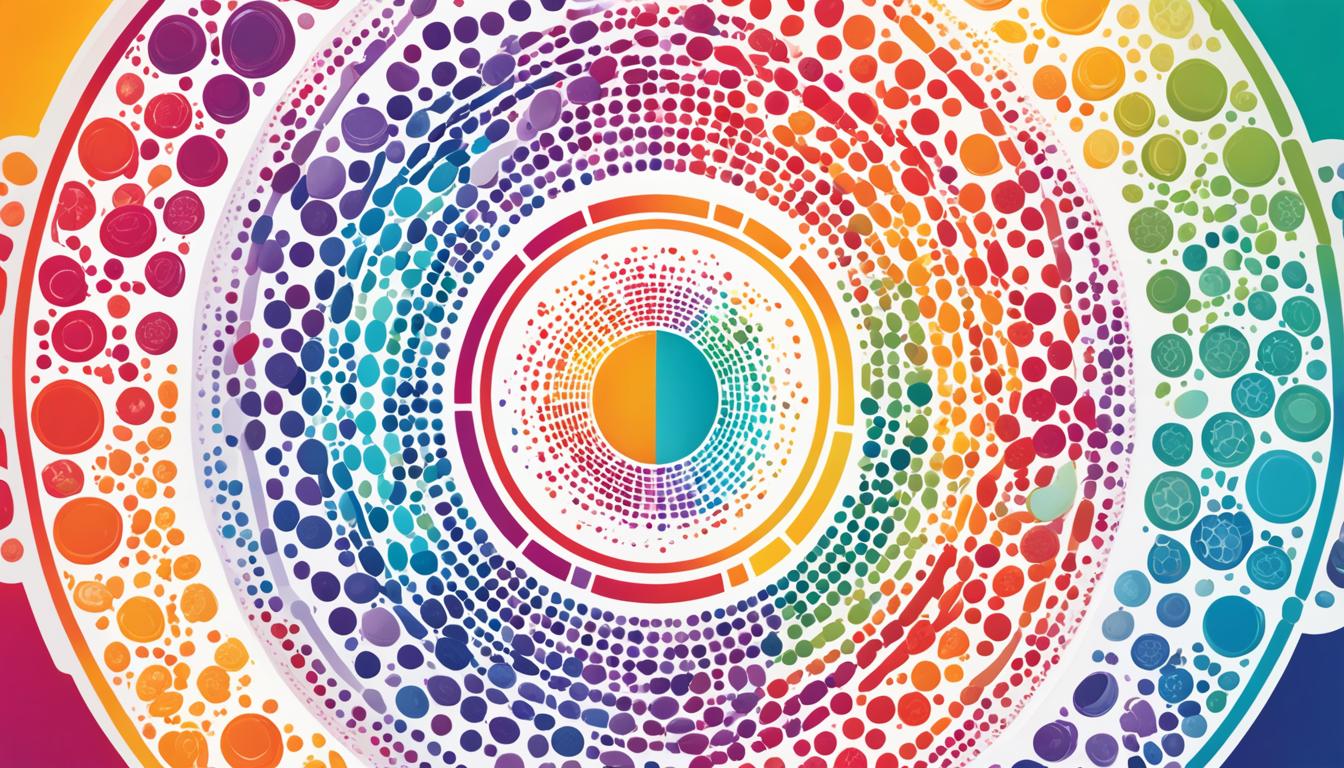Sexually transmitted diseases (STDs) are sicknesses you can get by having sex with someone who’s infected. They might come from bacteria, viruses, or parasites. Symptoms can include pain while urinating, sores on your private parts, unusual discharge, and itching.
Common STDs are chlamydia, HPV, syphilis, HIV, gonorrhea, herpes, and trichomonas. If you ignore these infections, they can lead to big problems. Knowing about their symptoms and treatment is very important.
Key Takeaways:
- STDs are infections transmitted through sexual contact.
- STDs can be caused by bacteria, viruses, or parasites.
- Common symptoms of STDs include pain during sex or urination, sores or rashes on the genitals, abnormal discharge, and itching.
- Chlamydia, HPV, syphilis, HIV, gonorrhea, herpes, and trichomonas are some of the most common types of STDs.
- STDs can be diagnosed through urine or blood tests.
- Treatment options for STDs vary depending on the specific infection.
- Prevention measures, such as safe sex practices, regular testing, and vaccination, can help reduce the transmission of STDs.
- Resources are available for education, support, and treatment of STDs.
Symptoms of STDs and Diagnosis
STD symptoms differ depending on the infection and person. Knowing common signs can help get timely treatment. But, some STDs show no symptoms. This is why regular testing is key, especially for those sexually active or with risky habits.
Symptoms of STDs in Men:
- Pain or discomfort during sex or urination
- Sores or rashes on the genitals or mouth
- Abnormal discharge or bleeding from the penis
- Swollen testicles
Symptoms of STDs in Women:
- Pain or discomfort during sex or urination
- Sores or rashes on the genitals or mouth
- Unusual discharge or bleeding from the vagina
- Itching
These symptoms might not only mean an STD. It’s important to see a doctor for a correct diagnosis. They might do urine or blood tests and check you over. This helps find the right treatment.
Common Types of STDs and Treatment Options
STDs come from bacteria, viruses, and parasites. Knowing the different types and treatments is key to staying healthy.
Chlamydia
Chlamydia is a bacterial infection. Often, it shows no symptoms, so testing is vital. Symptoms may include pain during sex, discharge, and lower belly ache. It’s treated with antibiotics like azithromycin or doxycycline.
HPV (Human Papillomavirus)
HPV is a virus that can lead to warts and certain cancers. Its treatment is about managing and preventing more serious issues. Genital warts are treated by removing them. Vaccines can protect against some HPV strains.
Syphilis
Syphilis starts with a painless sore and rash. Left untreated, it can cause severe health issues. Penicillin is used to treat it.
HIV (Human Immunodeficiency Virus)
HIV attacks the immune system. There’s no cure, but ART can help control it. ART is a mix of drugs that keep the virus in check.
Gonorrhea
Gonorrhea causes issues like weird discharge and pain. Untreated, it can lead to serious problems. It’s treated with antibiotics like ceftriaxone and azithromycin.
Herpes
Herpes leads to painful sores. There’s no cure, but antiviral drugs can help manage it. They make outbreaks less often and lower the risk of spreading.
Trichomonas
Trichomonas is a common parasitic infection. It brings on discharge and discomfort. Treatment includes medications like metronidazole to clear the parasite.
Always finish your full treatment and keep up with tests to make sure the STD is gone. Being safe during sex, getting vaccines, and talking openly with partners can stop STDs.
Conclusion
Sexually transmitted diseases (STDs) affect public health greatly when untreated. The primary way to lower their spread is by being careful. This means using condoms correctly, getting preventable disease shots like HPV, and testing regularly. Knowing about STDs helps us make smart choices about our sexual health.
Plenty of places and websites can help with STD information, support, and treatment. It’s important to use these resources to get the right help for your situation. By also teaching others about STDs and encouraging safe sex, we can all work together to stop their spread.
Working together on prevention, using available resources, and spreading knowledge can help cut down on STDs. It’s up to all of us to take care of our sexual health and help our society stay healthy and safe. With our combined efforts, we can lessen the impact of STDs and make life better for everyone.

